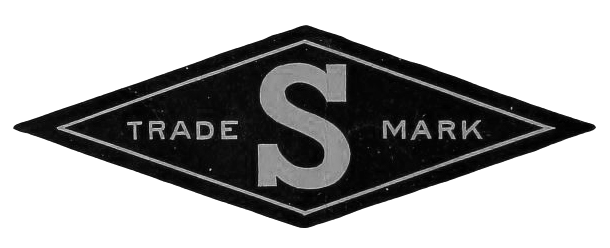The Benh Zeitlin press tour
With his wild mane of dark hair and animated demeanor, he could be a college student or young computer executive but Benh Zeitlin is a filmmaker, composer, animator and founding member of the Court 13 collective. He is also the director behind the new film Beasts of the Southern Wild. Recently he was in town to discuss his project.
Beasts of the Southern Wild tells the story of Wink and Hushpuppy, a father and daughter who live under the levees in the most southern part of Louisiana. As a major storm approaches, they make preparations to ride out the wind and water. Wink is sick and is instructing Hushpuppy on the ways of the world so she can survive on her own once he is gone. It is a story about the people who refuse to leave the land.
The story is based on the stage play Juicy and Delicious written by Lucy Alibar. Lucy and Benh are childhood friends. The film is about the relationship between Wink and Hushpuppy as well as about the resilience of these people against the elements.
Working with such a young child as Quvenzahane was the first of many challenges for Benh during the production. “She was in training whither she remembers it. We had a long, long rehearsal process,” he said. He made sure that she was ready before shooting by having his sister spend time with Quvenzahane and the animals, getting her used to being around the beasts. “She would slowly get comfortable hanging out with the pig and holding the chicken.”
One of the scenes occurs as a house is on fire and Hushpuppy hides in a cardboard container “We would put her in boxes and she would have her draw things,” said the director of getting her prepared for the scene.
Behn had nothing but praises for the young actress. The little girl was six during the shooting. “She’s incredibly intelligent but it was the biggest challenge,” said Behn of Quvenzahane, “of her retaining information. We had to redesign the script. We would look at it at night. We would break it up and let her put in into her own words.”
Behn had been working with Lucy Alibar, trying to find a connection between her play and the story he wanted to tell. “We would lay on the docks and write,” he reminisced, “looking for elements that are going to be in the movie.”
“We fought about story elements but it is not as if the story is an adaptation of the play,” said Behn of the collaboration with Lucy. “It is inspired by the play. There is no scene from the play that is in the movie. It is really the characters, the tone and the ideas. There was always going to be a reinvention of what the play was going to be.”
He said, “Sometimes as you work on things you discover what you are interested in because of the commonalities. I realized that there was this thread between her story of a little girl losing her father and my story of a group of holdouts that is losing their place. There is this similarity of the emotion made me realize that they should to be told as one.”
He stayed with Quvenzahane’s family and based part of Wink on her father. “Very quickly, I knew I wanted to make a story about Louisiana so one of the first things was to start translating that story into the geographic and cultural context of Louisiana.”
The film was written 3 ½ years ago and the film was shot two years ago, right when the Deep Water BP oil spill occurred. It was yet another challenge of the production. “It was this very visceral parallel that was happening as we shot. We shot largely in sequence and as nature dies in the film–that was happening in the water.” Several of their locations were contaminated by the oil.
Benh said that BP did everything to make the shoot work. “Their whole mandate was to be the nicest guys you could imagine. It was surreal more than it was an obstacle.”
“Every stage of it had its own challenges,” he said in discussing the process of making an independent film. “Lately the sound-mix was the hardest because that was the more recent challenge.”
Then, Benh got a bit psychological. “There is something like an athletic event, like a triathlon, about making the movie. It is not this controlled thing, where you very delicately paint by numbers in this air-conditioned studio. It is about pushing your self to the limits physically, going to extreme hostile locations and hostile environments. It was about challenging ourselves at the moment to capture the story against the elements. We wanted the production to reflect the story in such a battle of man versus nature. It was physically grueling but in a good way.”
Finally, he discussed the style of making Beasts of the Southern Wild. “I hope my style is always evolving, you never want to get stuck on one thing. It wasn’t an accident the way the film feels. We think of this film as the first in a group. We have developed a set of tools that are pretty different from the kind of tools you normally use when making a film. Our production process is totally unconventional largely out of inexperience but also by believing in certain ways of doing things. We consider this the first and we hope to make more film with the same principles and same process.”
